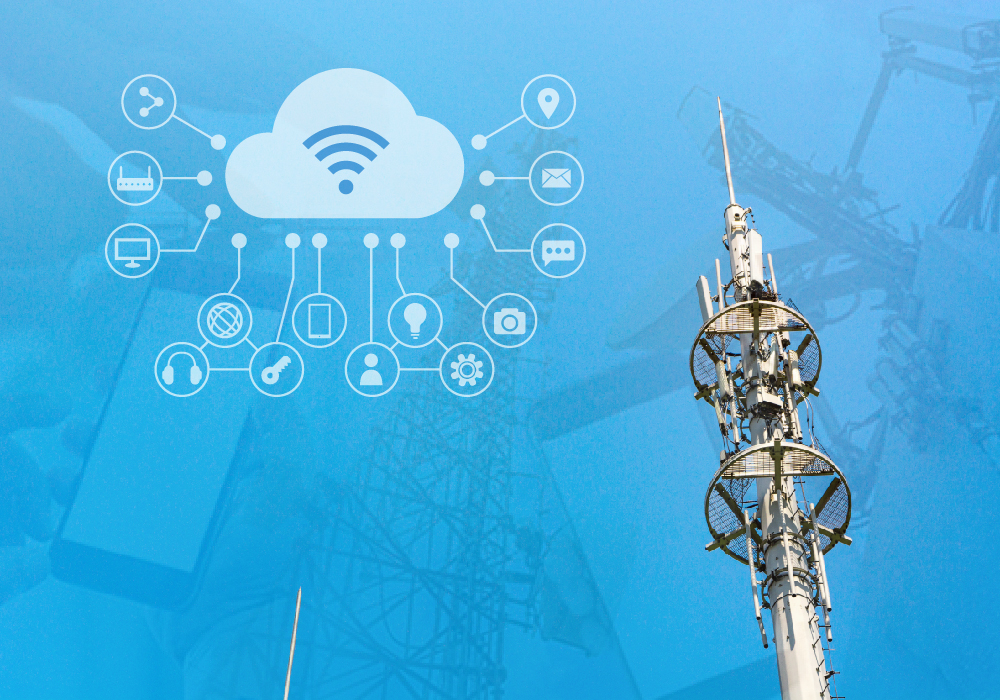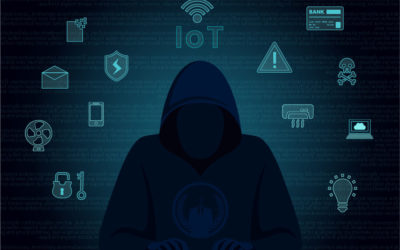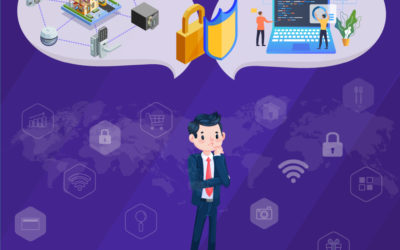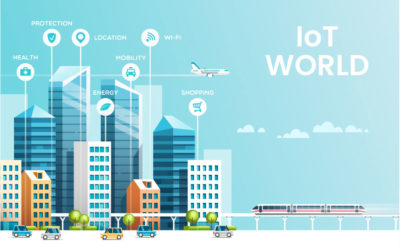How IoT is Redefining the Telecommunication Industry
The Internet of Things is making its way into every facet of our lives. From smart cities to connected cars, smart homes, and the list goes on. This disruption on how we live and work has reached a new height, and IoT is at the center of it all.
But is the telecom industry left out of this? Not at all! IoT is holding sway and redefining standards and processes in this industry. Lets’ delve in and see how.
Also read: A snapshot of digital transformation within mobility ecosystem
Every company wants to be relevant in the face of changing consumer behavior. They’re fine-tuning their strategies and data services. But how does IoT come into the picture?
A Change from the Norm
IoT is a collection of many things and layers to make up an ecosystem. The telecom industry makes available the connectivity layer. With the IoT devices becoming readily available, the hunger for data takes center stage, and the “big and mighty” are voraciously grabbing it in their numbers.
As next technology make their way to the big scene, network providers are tightening their loose ends and revisiting their infrastructure to be better at their game.
Even as IoT continues to permeate the consumer and enterprise world, the telecommunications industry is at the point of creating new revenue streams brought by this connectivity revolution.
Also read: A World Without IoT Is A World Without Oxygen!
IoT applies to any device that interacts with the external environment. For this reason, the industry can leverage this opportunity to offer efficient services.
By using IoT communication protocol, the Internet of things employs sensors, mobile devices, and connectivity to boost interactions and attain endpoints between physical and physical objects
Impact on Consumers
Consumer behavior is changing with the times to meet current market demands. To this end, service providers need to go a step further to offer sophisticated services and match consumer’s intuitive demands. The demand for data and connectivity is at an all-time high, and network providers are at the center of it.
Consumers are looking at the best services that will offer high connectivity. In this sense, service providers will be gunning for new strategies to tap into the power of IoT devices and next-generation mobile.
Creating the Connection
The possibility for IoT connecting any device to one central server is seamless—that makes things more comprehensive and streamlined for users. The telcos have an array of opportunities stirring them in the face in the growing need for services.
The telcos will achieve the following by implementing an IoT ecosystem:
- Meet the growing market demand
- Create more focus on customer engagement
- Collaborate with partners
- Create a seamless experience across channels
- New business support system
The collaboration between the Internet of Things and telecommunications has handed more power to providers to create a customized application for consumers, and support a large amount of processed data.
The connectivity revolution starts with interlacing operational devices using IoT technology, so consumers can have a more rewarding experience.
Industry Shift—From Revenue Generation to Value Creation
The industry has been thinking of control, convenience, and co-creation. In a world enabled by IoT, companies will have to partner with customers for the greater good of the industry—and generate value for both parties. A change in mindset will have to take place for this happen.
Cost-competitiveness by Data-driven Network Decisions
Improving analytic capacity comes to bear in generating insights into network issues as fast as possible, or even before they happen for predictive maintenance. This will help enhance the quality of the network and reduce cost.
Delivering reliable network services requires a rapid assessment of the situation and the right decision taken and then action. Real-time analytics and automation capabilities will be critical in the networks as a result of new technologies like 5G, NFV, and SDN.
Shared data Ownership will be Critical
Discussions have gone in the direction of who own data—the customer, device manufacturer, or the telecom operator. Some of these issues may become academic as the General Data Protection Regulation spring into action—but it is not an easy argument to resolve.
Success will be the ability to move past such discussions and into those that bring everybody together to generate the most value. Data and analytics will be critical in all of this, creating a brighter future for the world at large and in the attainment of a lofty goal.
Service Improvement
With IoT, the telecom industry will be able to manage changing network usage patterns and do it efficiently. The sector will monitor and plan maintenance seamless—even optimize bandwidth and coverage, improved download time. Others will be improving customer service by reducing service wait and dropped calls.
The revolution is on; the telcos know it, and they are going out of their way to grab a fair share of what IoT brings to the table. There will be disruptions, no doubt, but the type that will change the face of the industry for good.



